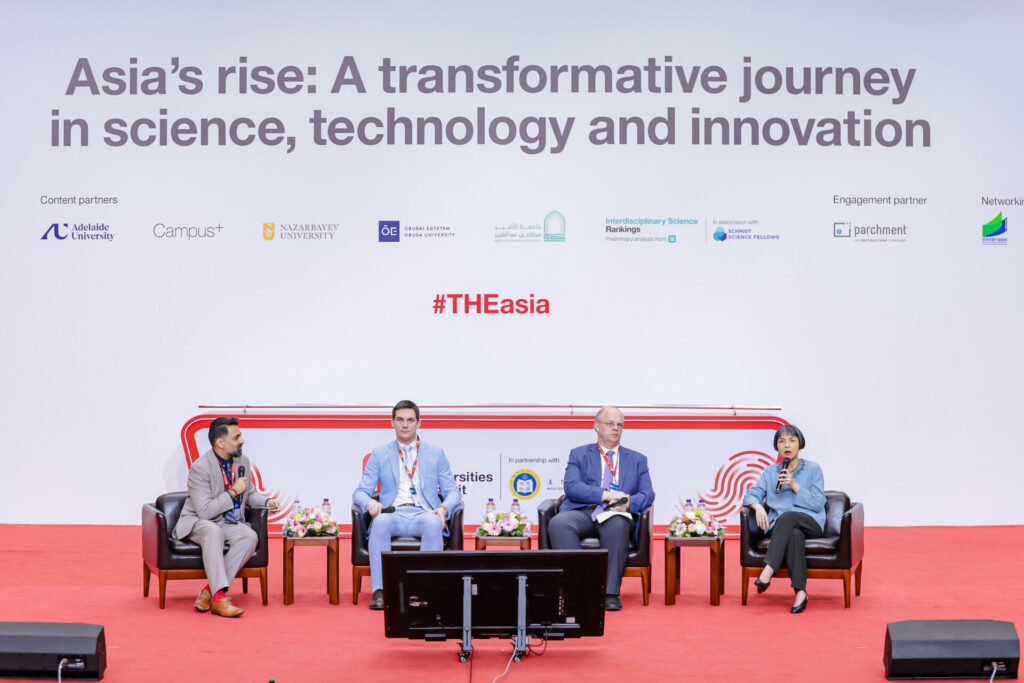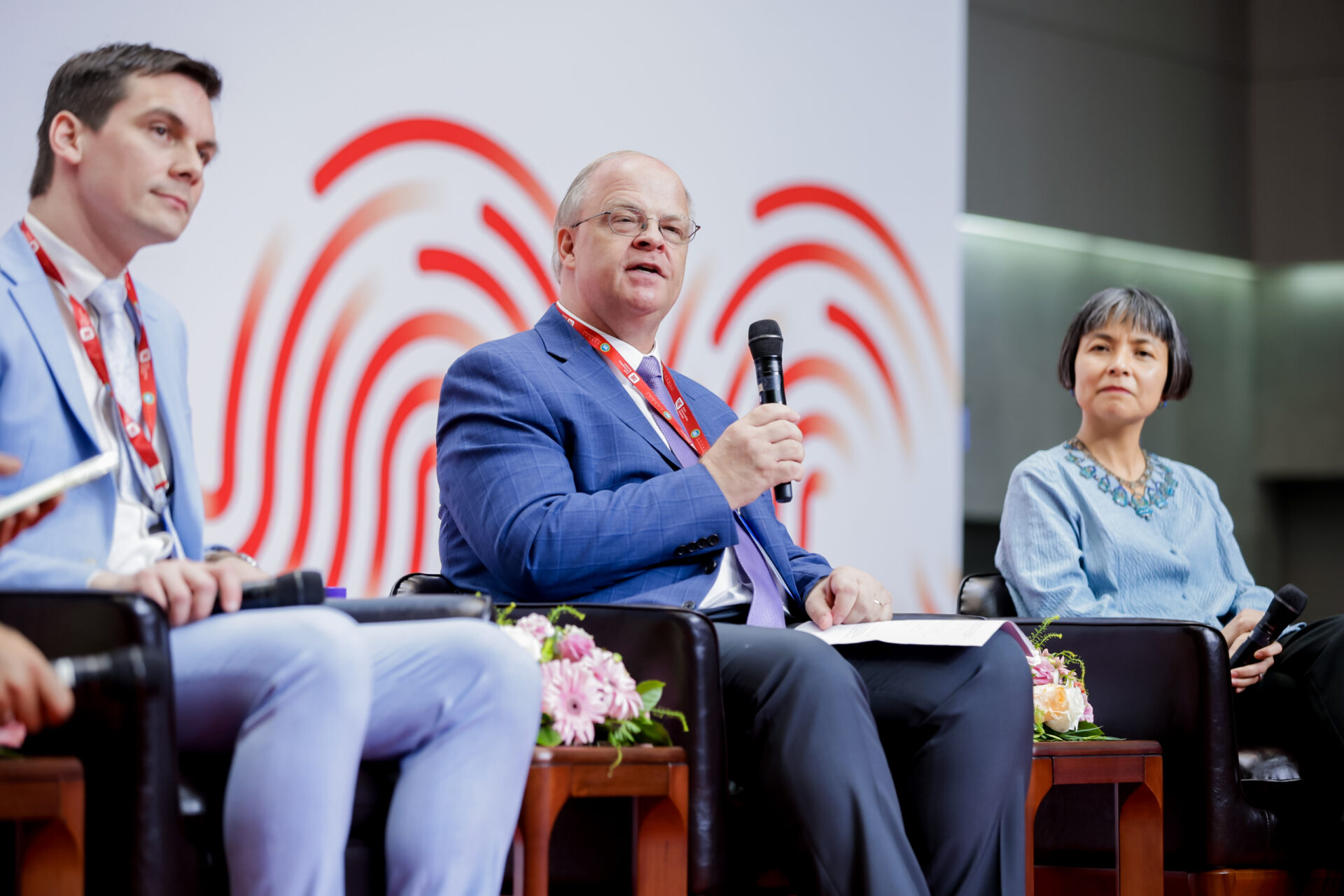Thomas Schneider, APRU Chief Executive participated in an important panel discussion at the Times Higher Education Asia Summit 2025, hosted by Macau University of Science and Technology, April 22-24, 2025. The session, “Cultural innovation: How to respect our heritage while looking to the future,” delved into the challenges and opportunities at the intersection of tradition, innovation, and sustainable development.
The Overlooked Role of Cultural Heritage in Global Agendas
Despite its profound impact on human identity and societal well-being, cultural heritage remains strikingly absent from mainstream global development frameworks. While recognized by UNESCO and other international bodies, it was excluded from the UN Millennium Development Goals (2000–2015) and is relegated to a single target (11.4) in the 2030 Sustainable Development Goals (SDGs). This marginalization limits political accountability and stifles opportunities to leverage heritage as a catalyst for sustainable progress.
Universities as Dual Custodians of Heritage
Higher education institutions occupy a unique position in this landscape:
- As Heritage Themselves: Universities are living repositories of intellectual, architectural, and social legacies—both tangible (historic campuses, archives) and intangible (scholarly traditions, pedagogical methods).
- As Innovators: Through interdisciplinary research and emerging technologies—such as virtual reality (VR), augmented reality (AR), and 3D modeling—universities can democratize access to cultural heritage, enabling students and the public to engage with history in immersive ways.
However, this dual role demands urgent action. Deliberate efforts to erase cultural memory (“cultural amnesia”)—whether through conflict, neglect, or rapid urbanization—require universities to actively counter such trends through preservation, education, and advocacy.

Collaborative Solutions for the Future
The path forward demands a concerted effort across sectors and disciplines. First and foremost, universities must champion policy advocacy to elevate cultural heritage beyond its current marginalization in global frameworks. While heritage is often celebrated rhetorically, its exclusion from core development agendas—such as the SDGs—has tangible consequences, from underfunded preservation efforts to fragmented accountability. By leveraging their academic authority and institutional networks, universities can push for heritage to be recognized not merely as a footnote to sustainability but as its foundation.
Equally critical is the need to invest in digital preservation as both a safeguard and an instrument of accessibility. Emerging technologies—from photogrammetry to AI-driven archival tools—offer unprecedented opportunities to document and share endangered cultural assets. However, these innovations require sustainable funding models and cross-sector collaboration. Partnerships between universities, museums, and technology developers can ensure that digitization projects prioritize ethical stewardship alongside technical ambition, preserving heritage for research and public engagement alike.
Finally, interdisciplinary partnerships must bridge the divide between tradition and innovation. Archaeologists, computer scientists, and cultural historians must collaborate to navigate the complexities of digital reconstruction, ensuring that technological interventions respect the integrity of the past while enhancing its relevance. Such collaborations can also address pressing challenges, such as the repatriation of looted artifacts or the revitalization of intangible traditions at risk of disappearance.
Celebrating APRU’s Leadership in Asia’s Higher Education Landscape
The Summit also unveiled the THE Asia University Rankings 2025, where over half of the top 50 institutions are members of the Association of Pacific Rim Universities (APRU). This achievement underscores the power of collaboration in addressing shared challenges—including cultural heritage—through research, innovation, and cross-border cooperation.
A Call to Action
As universities navigate the tensions between preservation and modernization, we must reaffirm our commitment to heritage as a cornerstone of sustainable development. By integrating cutting-edge technology with deep scholarly stewardship, we can ensure that future generations inherit not only knowledge of the past but also the tools to reimagine its relevance for tomorrow.


